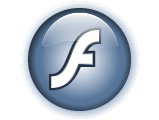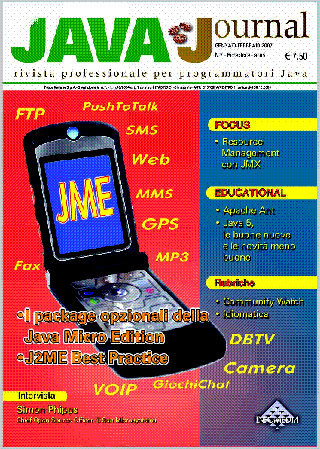Flash Lite vs J2ME
Wednesday, March 21, 2007
9:00 AM – 10:00 AM US/Pacific
17:00 PM – 18:00 PM CET
Wednesday, March 21, 2007
6:00 PM – 7:00 PM US/Pacific
2:00 AM – 3:00 AM CET (on Thursday)


This eSeminar will provide a brief introduction to Flash Lite™ and J2ME. The technologies each have inherent advantages and disadvantages, and this eSeminar will use common application examples to highlight how these differences impact both developers and users.
Agenda:
# Quick introduction to Flash Lite and J2ME. We will provide a brief intro on both technologies and will analyze the development tools they offer to try to shed some light on their most widely recognized faults and strengths.
# A look at network-oriented applications. We will focus on how to develop a network-oriented application given the security issues that each of Flash Lite and J2ME presents. We will then analyze and compare these technologies with an eye on their different capabilities for external communications.
# Finally, the eSeminar will examine the correct techniques and work methods needed to produce a user-friendly interface for mobile. Our comparison exercise will then focus on the different approaches each technology uses for preparing graphics.
Speakers
Giorgio Natili, Mobile and Web Developer
Stefano Sanna, Mobile Application Architect, Beeweeb Technologies
Edoardo Schepis, Developer, Funambol
Free registration at:
http://www.adobe.com/cfusion/event/index.cfm?event=detail&id=546041&loc=en_us






